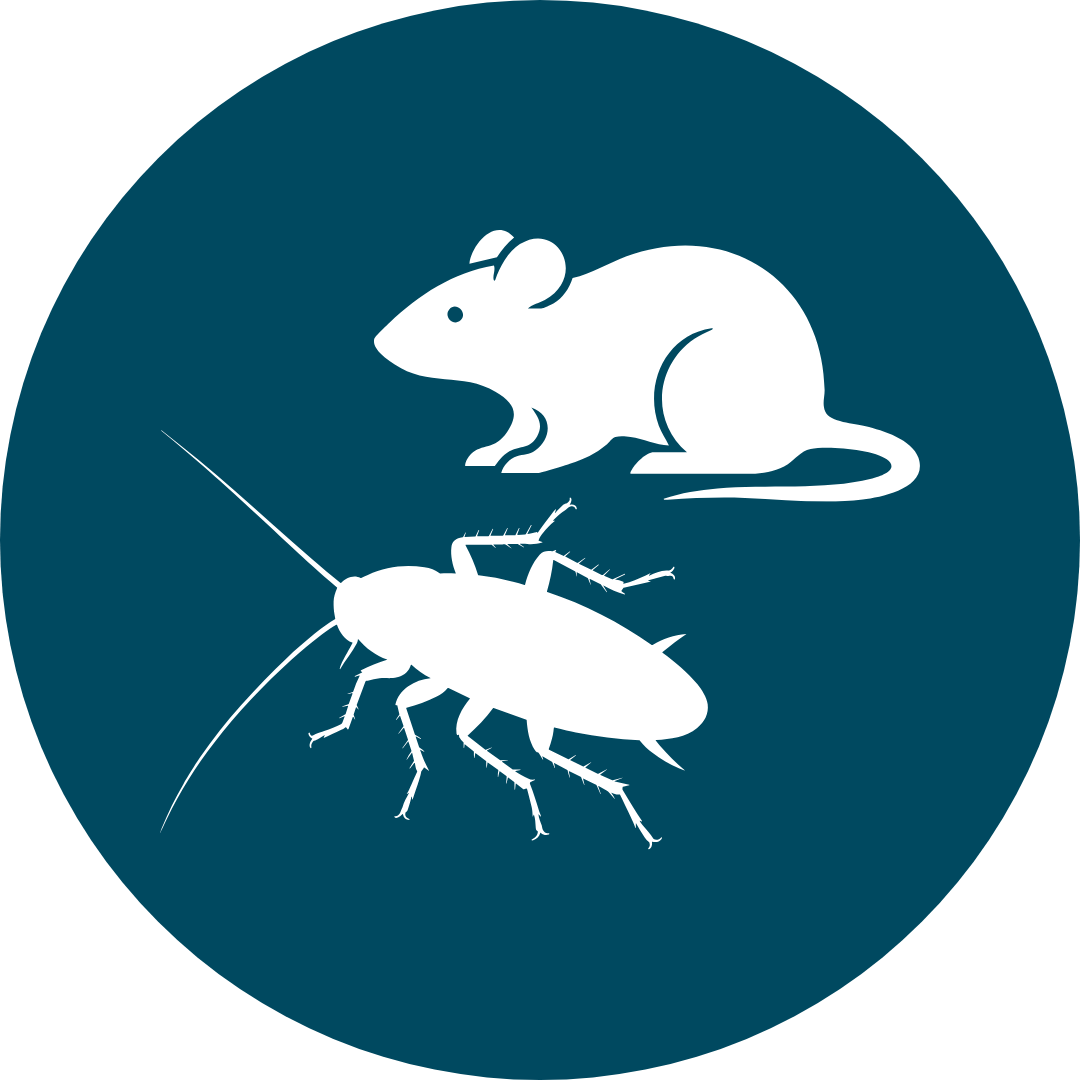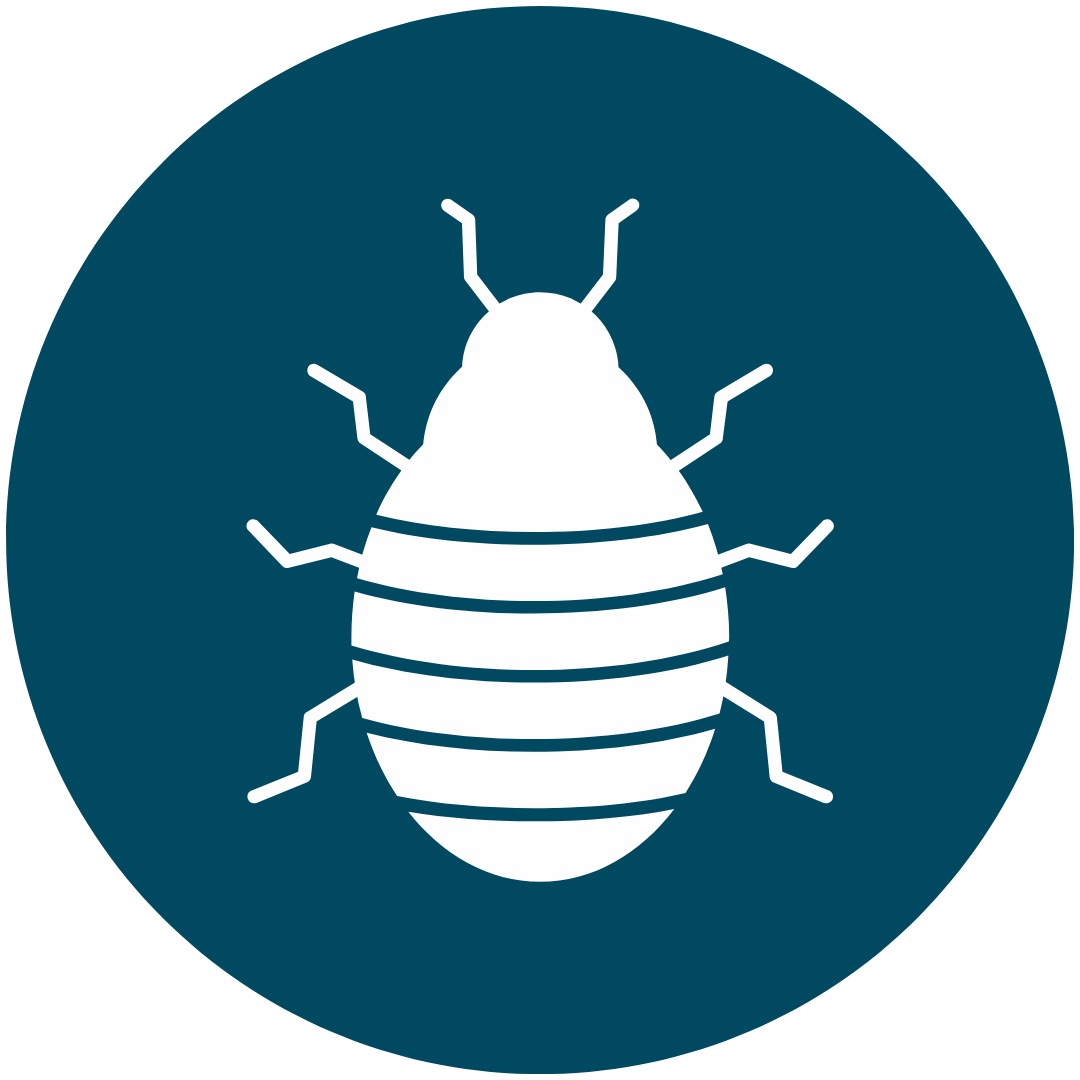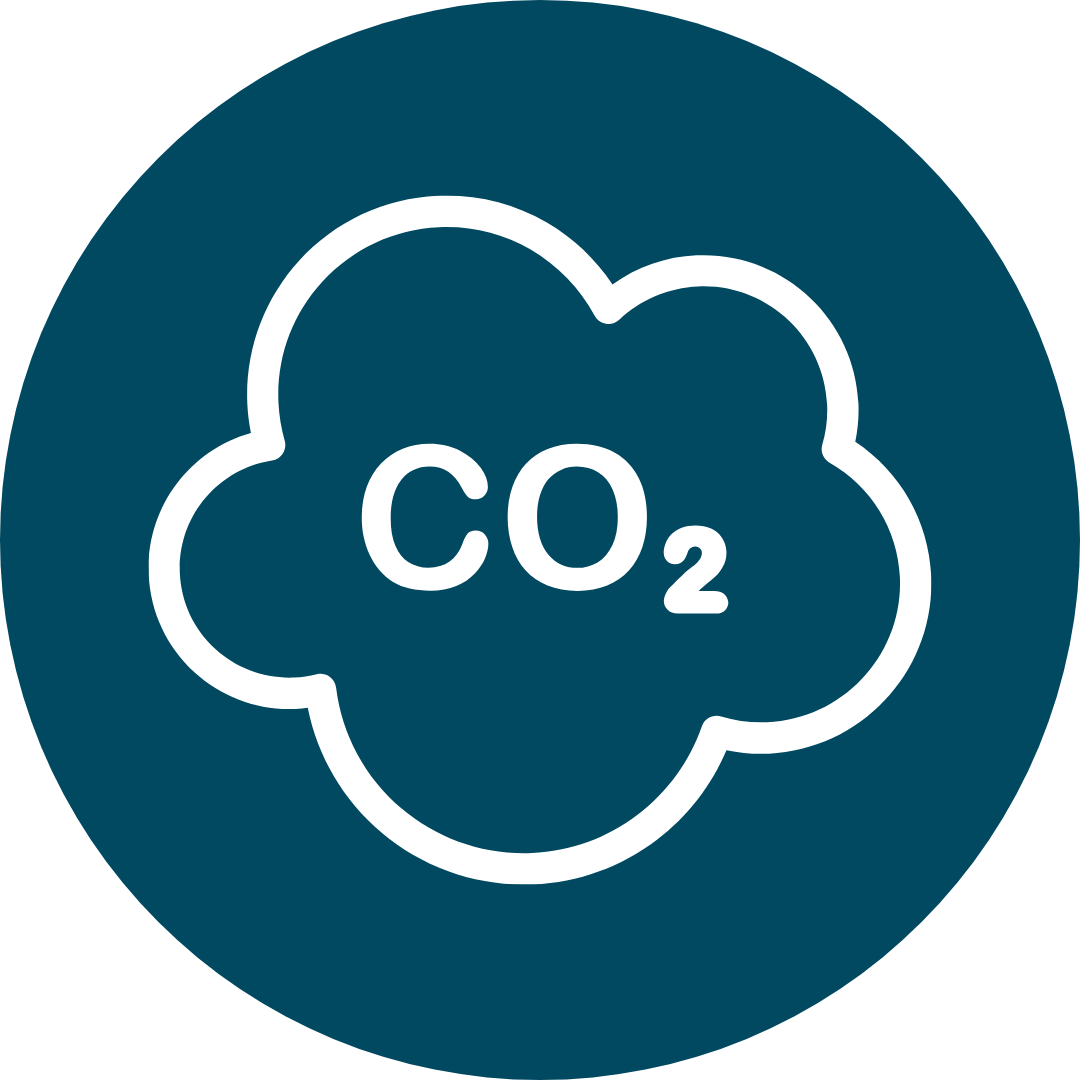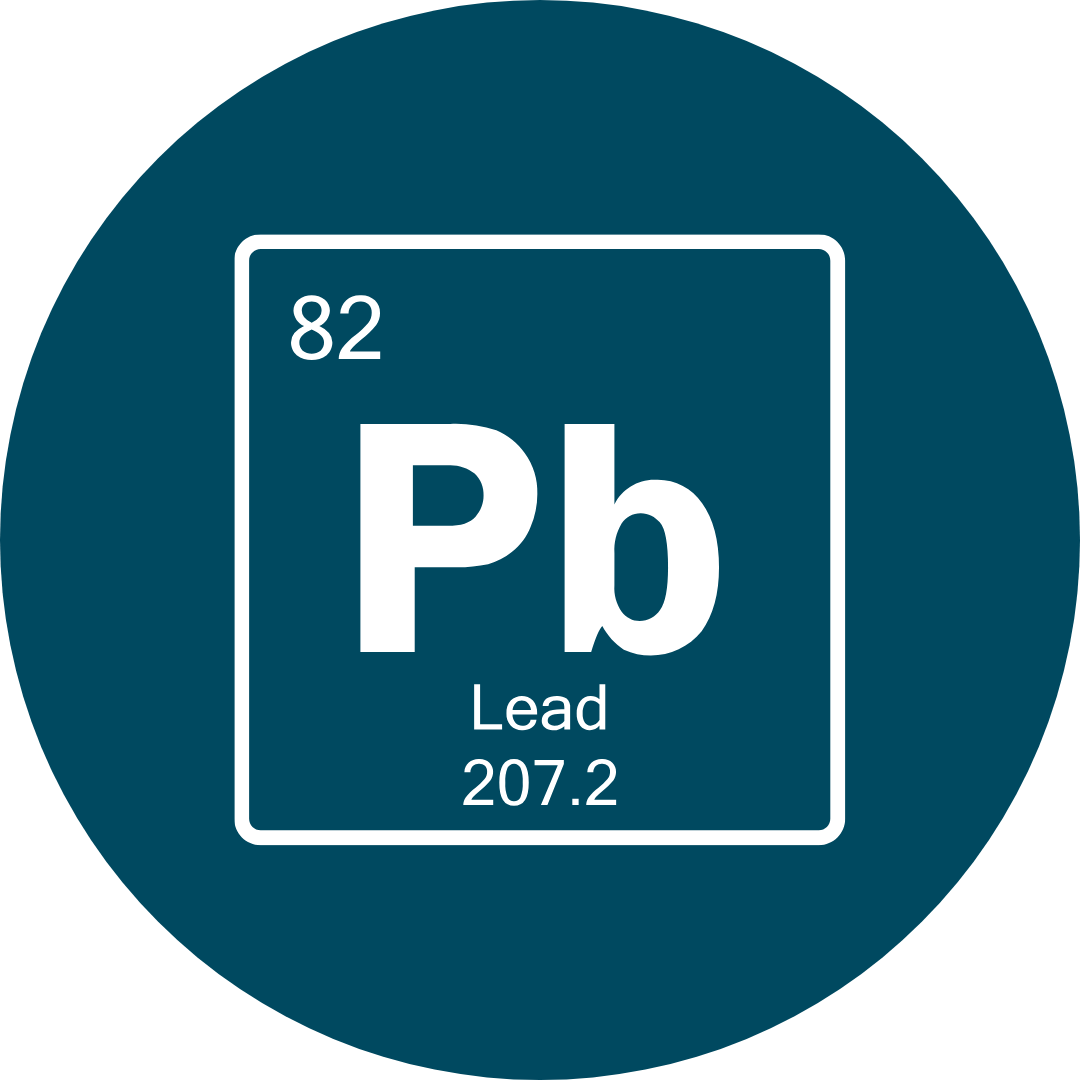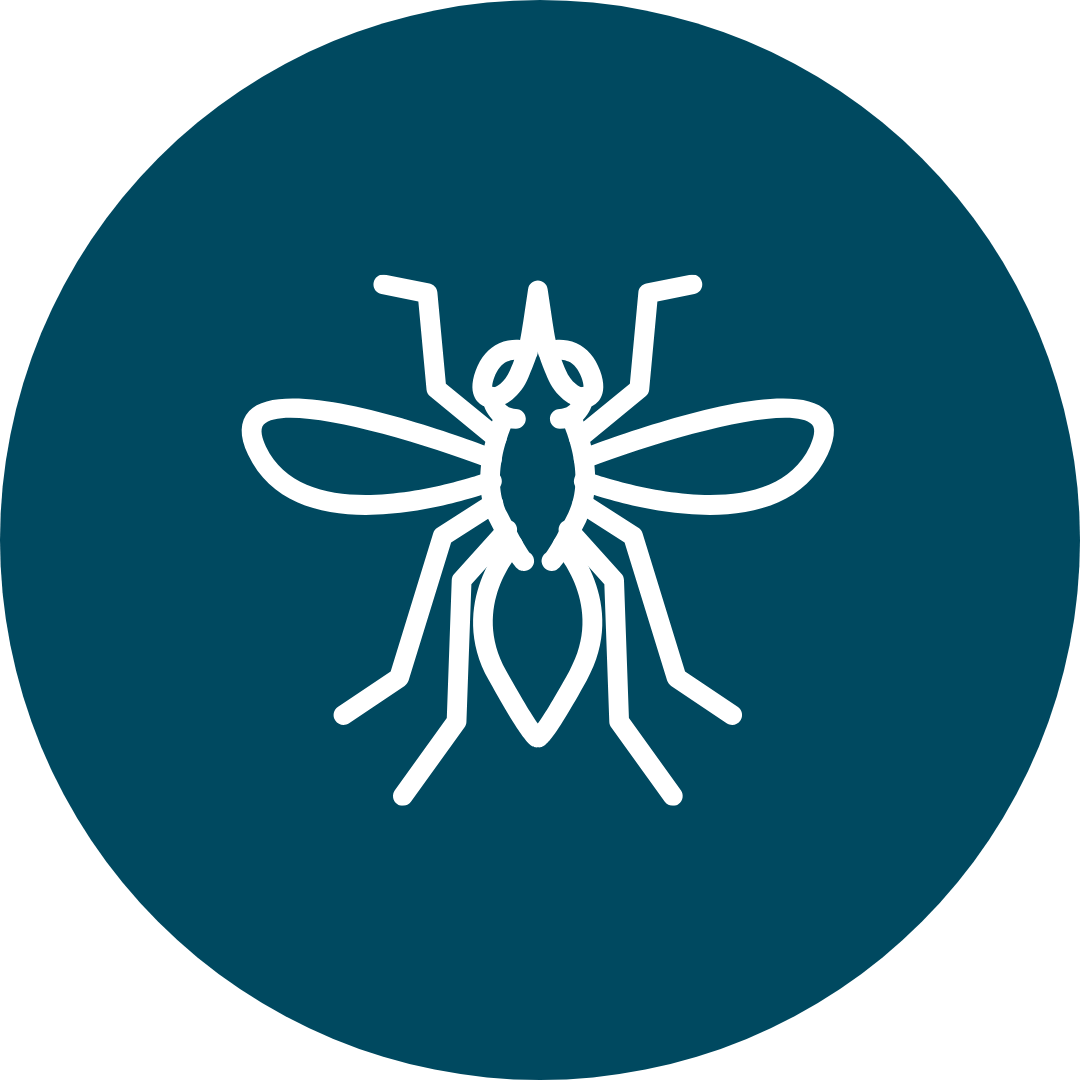
Nuestra visión:
Un condado de Kitsap seguro y saludable para todos.
Exposición al plomo
Paneles de datos

Creando un hogar saludable
La mayoría de nosotros pasamos más tiempo en casa que en cualquier otro lugar. Nuestros hogares pueden tener un gran impacto en nuestro bienestar físico y mental. Haga clic en los botones a continuación para descubrir diferentes maneras de mantener su hogar seguro y saludable.

Roedores y otras plagas
Efectos sobre la salud: Las plagas pueden transmitir enfermedades que pueden enfermar a los humanos, además de provocar reacciones alérgicas.
Consejos de prevención:
-
Mantenga limpias las áreas de estar y cocina. Es más probable que haya roedores en casas con migas, restos y derrames de comida en el piso y las encimeras.
-
Si ya hay ratas u otros roedores en su casa, asegúrese de que todos sus alimentos estén almacenados en recipientes a prueba de plagas.
-
Mantenga sellados los espacios bajo el suelo, las rejillas de ventilación, las grietas y los espacios debajo de las puertas.
-
Si tiene comederos para pájaros, guarde el alpiste en recipientes a prueba de roedores. Limpie cualquier alpiste que se haya derramado en el suelo.
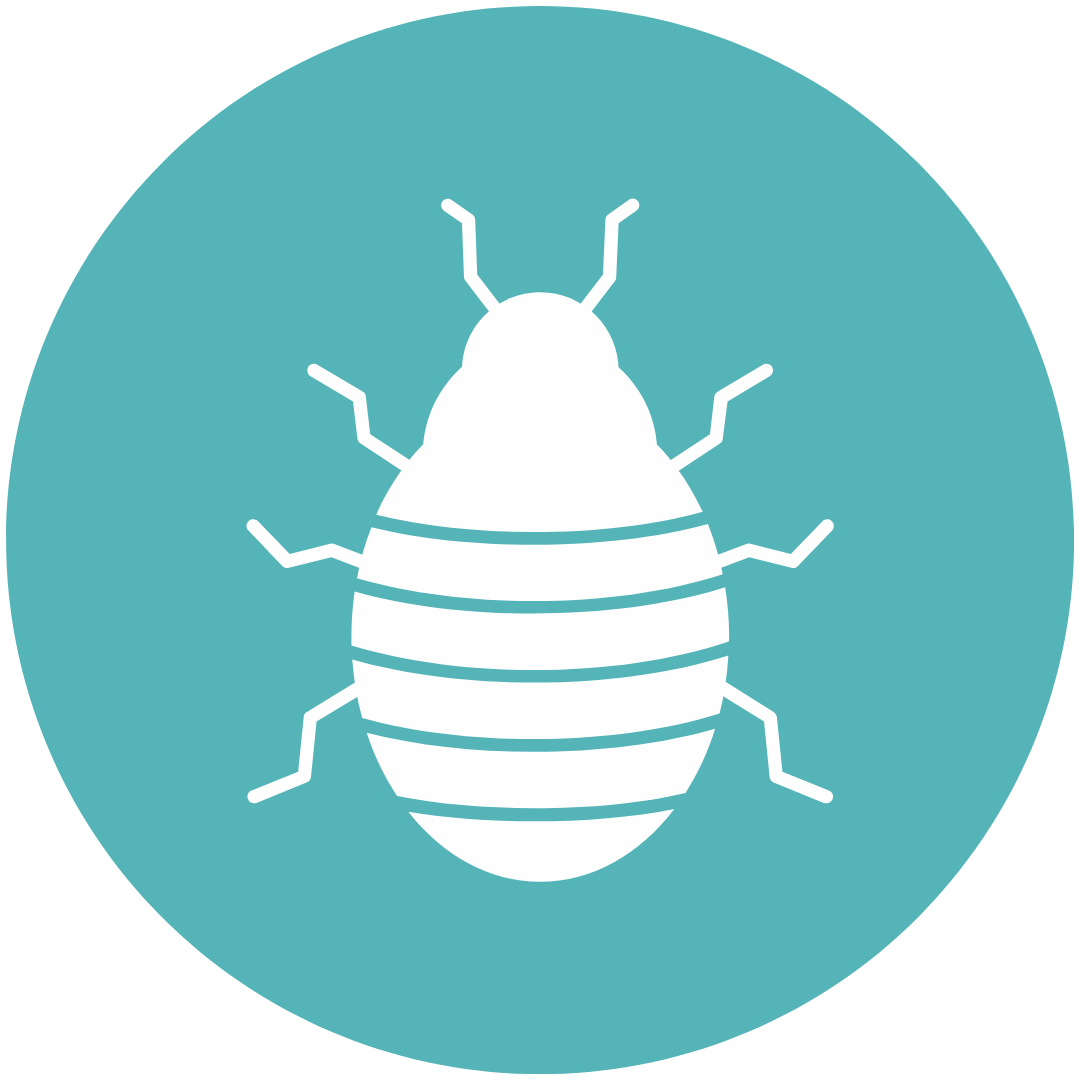
Chinches
Efectos sobre la salud: Las chinches en el hogar pueden causar reacciones alérgicas a las picaduras (como picazón). Las chinches son frustrantes y pueden causar estrés, pero no se sabe que transmitan enfermedades que afecten a los humanos.
Prevención:
-
Al viajar, revise las sábanas y los colchones para detectar chinches (manchas rojizas, heces y huevos). No se quede en una habitación si cree que hay chinches.
-
Inspeccione los muebles usados para detectar chinches antes de llevarlos a su casa.
-
Si hay chinches en su casa, seque toda la ropa y la ropa de cama en la secadora a alta potencia para eliminarlas. Aspire las alfombras y tapetes para atrapar cualquier chinche.
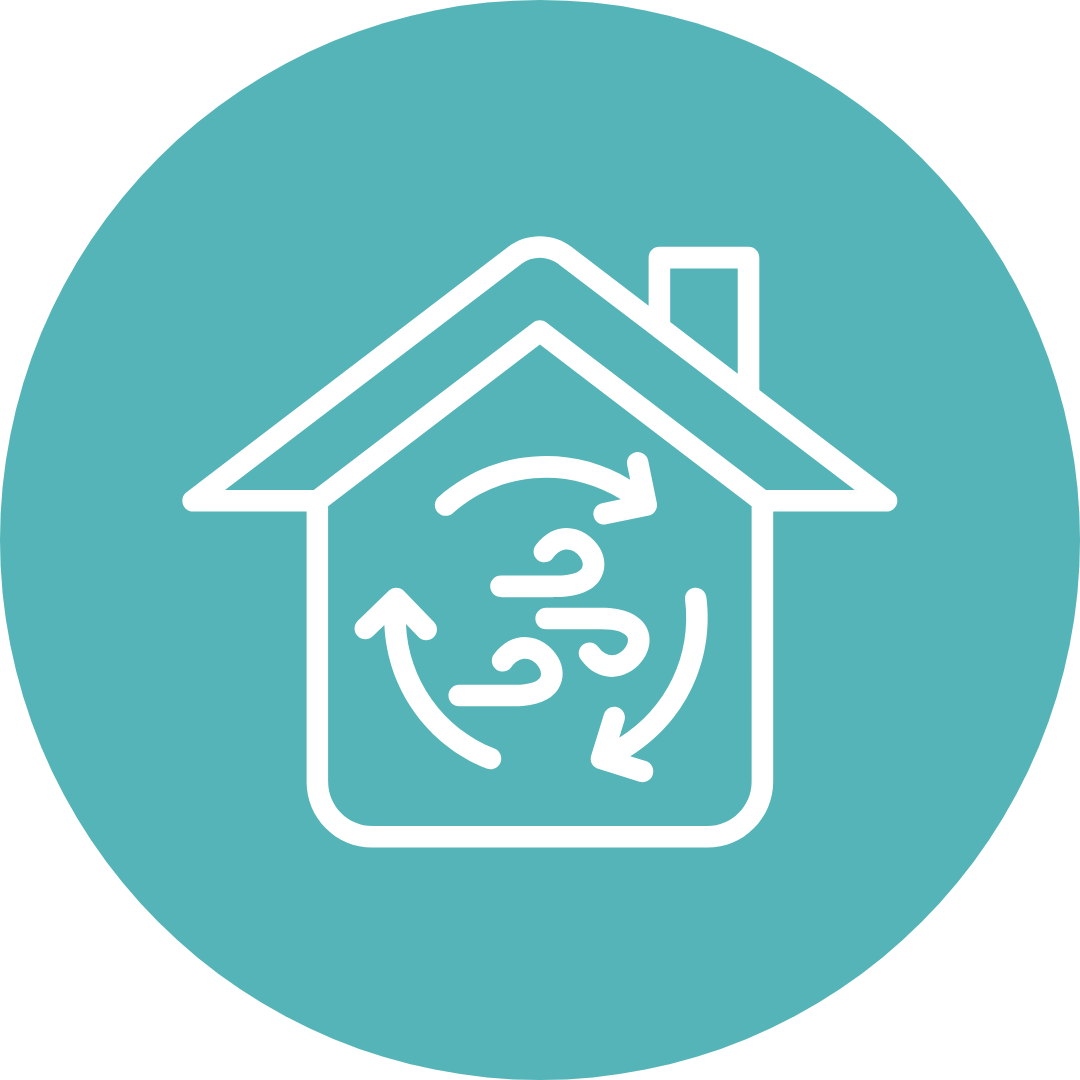
Calidad del aire interior
Efectos sobre la salud: La mala calidad del aire interior afecta a todos, especialmente a los niños, los adultos mayores y las personas con problemas de salud como asma o enfermedades cardíacas.
Prevención:
-
Mejore la circulación del aire abriendo las ventanas (cuando el clima lo permita) y encendiendo los ventiladores de techo.
-
Utilice filtros HEPA para filtrar el aire de mala calidad.
-
Elija productos de limpieza más suaves, menos tóxicos y sin perfume.
-
Evite almacenar productos químicos (pinturas, combustibles, etc.) en su casa, o almacénelos en la menor cantidad posible y en recipientes sellados.
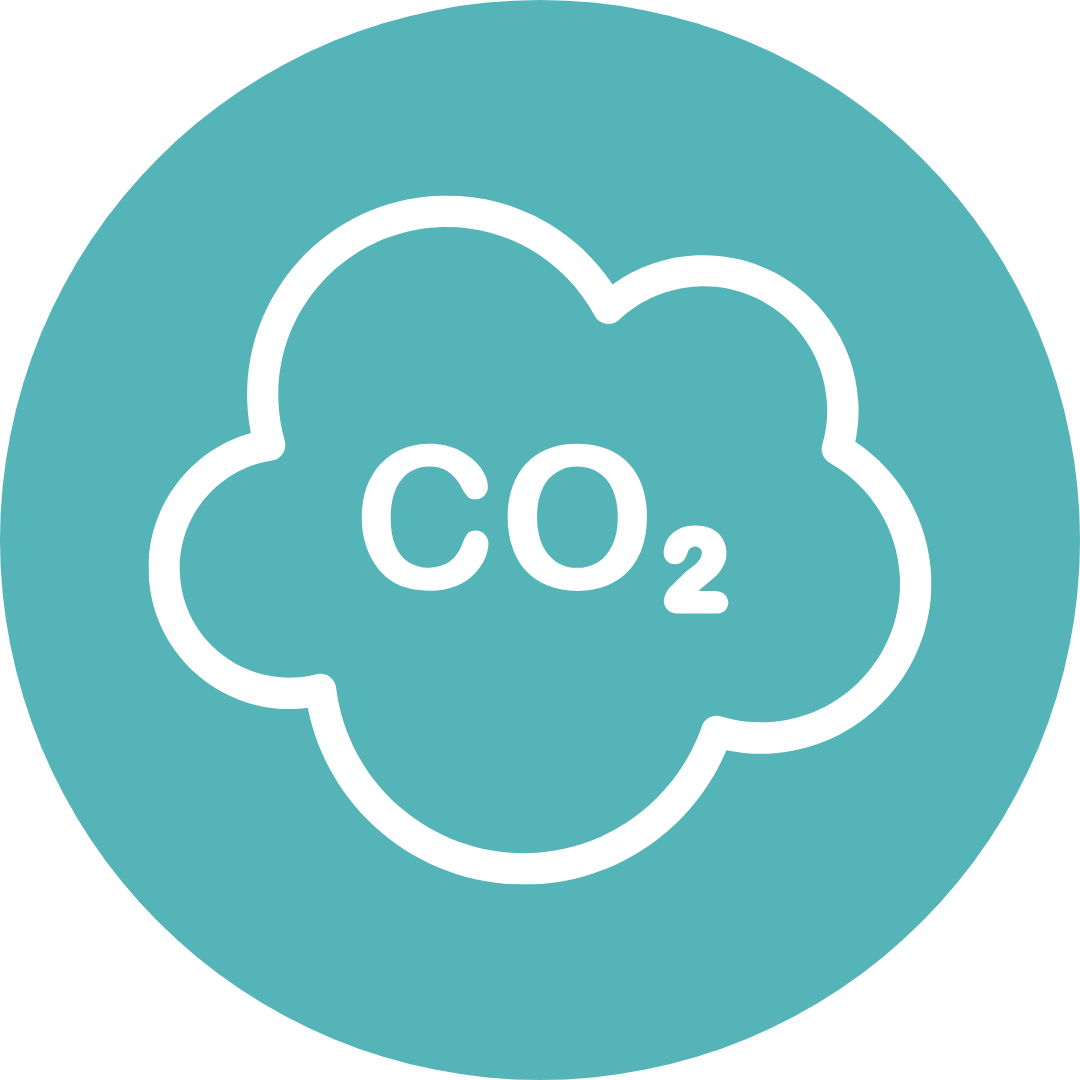
Humo y Monóxido de carbono
Efectos sobre la salud: El humo, el fuego y el monóxido de carbono pueden ser peligros mortales en el hogar.
Prevención:
-
Instale al menos un detector de humo en cada planta de su casa, así como en cada dormitorio. Instale al menos un detector de monóxido de carbono en cada planta de su casa.
-
Pruebe periódicamente los detectores de humo y monóxido de carbono para asegurarse de que funcionan correctamente.
-
Tenga extintores y sepa cómo usarlos.
-
Tenga un plan de escape.
-
Limpie periódicamente su chimenea/conducto de humos para evitar la acumulación de residuos inflamables.
-
No utilice barbacoas ni hornos de gas para calentar su casa.

Prevención del envenenamiento por plomo
Más de la mitad de las casas construidas antes de 1978 todavía tienen pintura con plomo y tuberías de plomo . Si ingerimos o inhalamos plomo, puede enfermarnos gravemente y causar intoxicación por plomo.
Los niños menores de 6 años corren un riesgo especialmente alto de sufrir intoxicación por plomo. Incluso pequeñas cantidades de plomo pueden afectar permanentemente el desarrollo cerebral infantil , provocando un menor coeficiente intelectual, una menor capacidad de atención y un aumento de los problemas de conducta. En concentraciones extremadamente altas, el plomo puede causar convulsiones, pérdida del conocimiento y, en casos excepcionales, la muerte.
Es importante para la salud de su hijo realizarle pruebas de detección de plomo a los 12 y 24 meses de edad. La mayoría de los niños no presentan síntomas de intoxicación por plomo de inmediato. Al realizar estas pruebas, puede detectar la exposición al plomo a tiempo y corregir cualquier fuente de plomo en su hogar.
¿Quiénes corren mayor riesgo de sufrir envenenamiento por plomo?
Los niños pequeños corren riesgo porque sus cuerpos y cerebros aún se están desarrollando y creciendo. Los bebés y los niños pequeños tienen más probabilidades de llevarse las manos a la boca o masticar juguetes u objetos que encuentran en casa, lo que aumenta sus posibilidades de exposición al plomo.
Los adultos pueden estar expuestos al plomo en el trabajo , especialmente en empleos industriales, lo que puede causar hipertensión y problemas renales. Las mujeres embarazadas expuestas al plomo pueden transmitirlo a su bebé.
Detección y análisis de plomo
Las pruebas de detección de plomo a los 12 y 24 meses son obligatorias para los niños inscritos en Medicaid (Apple Health) y se recomienda realizar pruebas de detección a todos los niños.
Es especialmente importante considerar la posibilidad de hacerle una prueba de plomo a su hijo si:
Su hijo vive o visita con frecuencia una casa construida antes de 1978.
Con frecuencia se mete en la boca juguetes de metal o pintados, o joyas.
Vive con alguien que está expuesto al plomo en el trabajo.
Aquí encontrará más información sobre las pruebas de plomo .
Equipo de Nivel de Plomo en Sangre de Salud Pública de Kitsap
Si el análisis de su hijo muestra niveles elevados de plomo en la sangre, su médico podría ponerlo en contacto con nuestro Equipo de Detección de Plomo en Sangre. Nuestro equipo de enfermeras de salud pública y especialistas en salud ambiental ayuda a las familias brindándoles orientación sanitaria y realizando visitas domiciliarias para detectar la presencia de plomo.
¿Tiene preguntas sobre nuestro equipo de medición de niveles de plomo en sangre? Llámenos al 360-728-2235.
Prevención de la exposición al plomo
Puedes ayudar a prevenir la exposición al plomo mediante:
Asegurarse de que su familia se lave las manos con frecuencia
Lavar con frecuencia las manos, los juguetes, los biberones y los chupetes de los niños.
Si su casa fue construida antes de 1978, asegúrese de realizar los proyectos de bricolaje de forma segura.
Si está expuesto al plomo en el trabajo:
Llevar ropa y zapatos de trabajo diferentes.
Lava tu ropa de trabajo por separado del resto de tu ropa.
Consultar lalista de retiradas del mercado de la Comisión de Seguridad de Productos del Consumidor
Información adicional
Acerca de Lead | DOH
Intoxicación por plomo | OMS
Pruebas para detectar intoxicación por plomo | Departamento de Salud
Retirada de productos | CPSC
Información para proveedores de atención médica
Algoritmo clínico para la prueba de plomo en sangre | Departamento de Salud
Manejo médico de la exposición y el envenenamiento por plomo en la infancia | PEHSU
Medidas recomendadas según el nivel de plomo en sangre | CDC
Información para escuelas y centros de cuidado infantil
Plomo en el agua potable de las escuelas | Departamento de Salud

